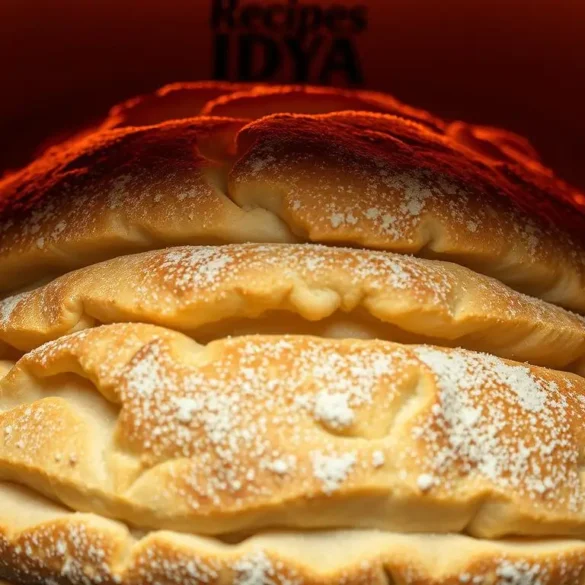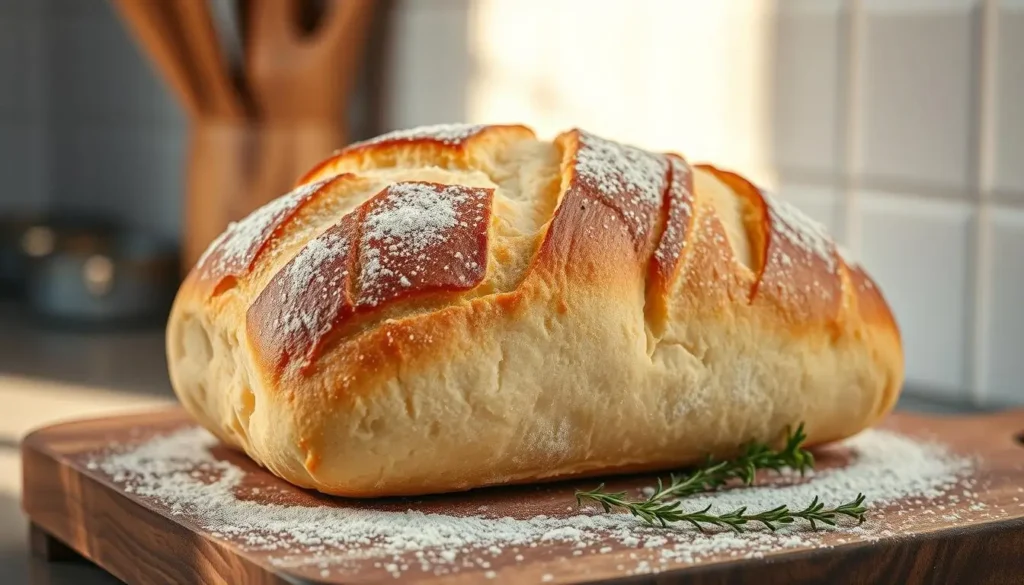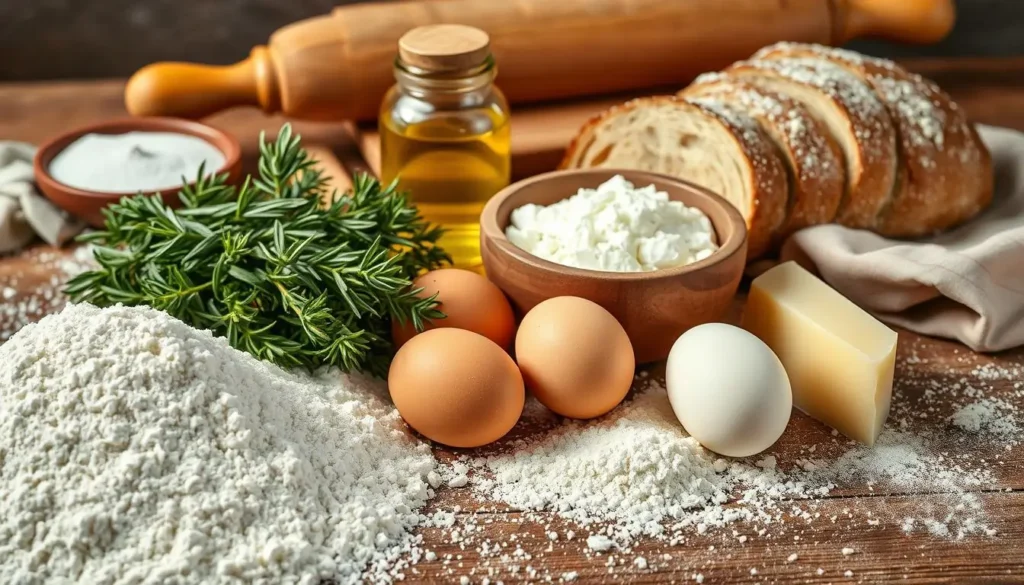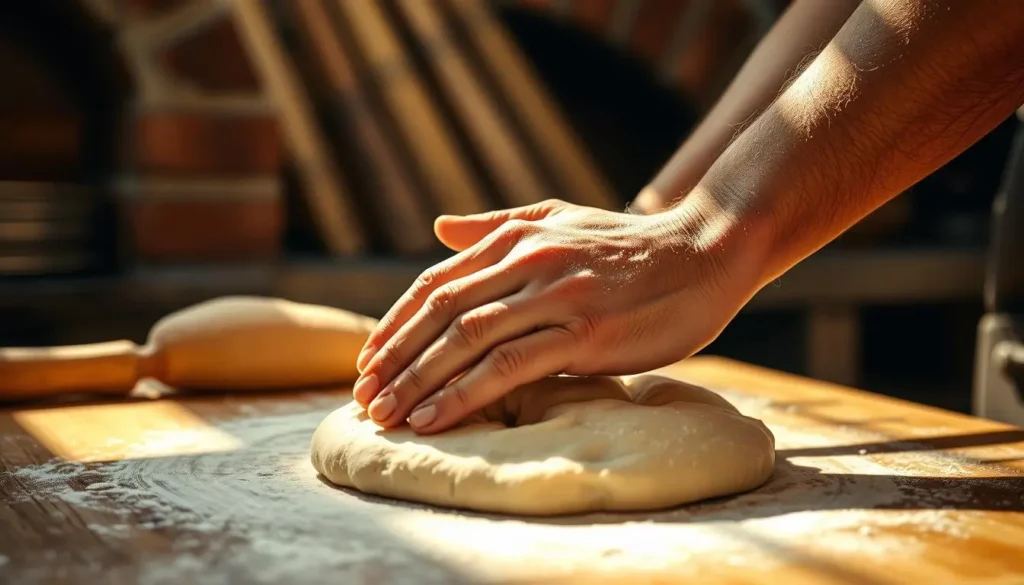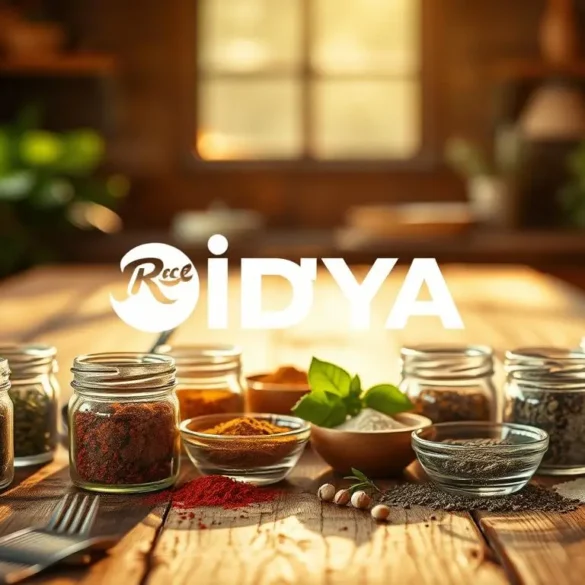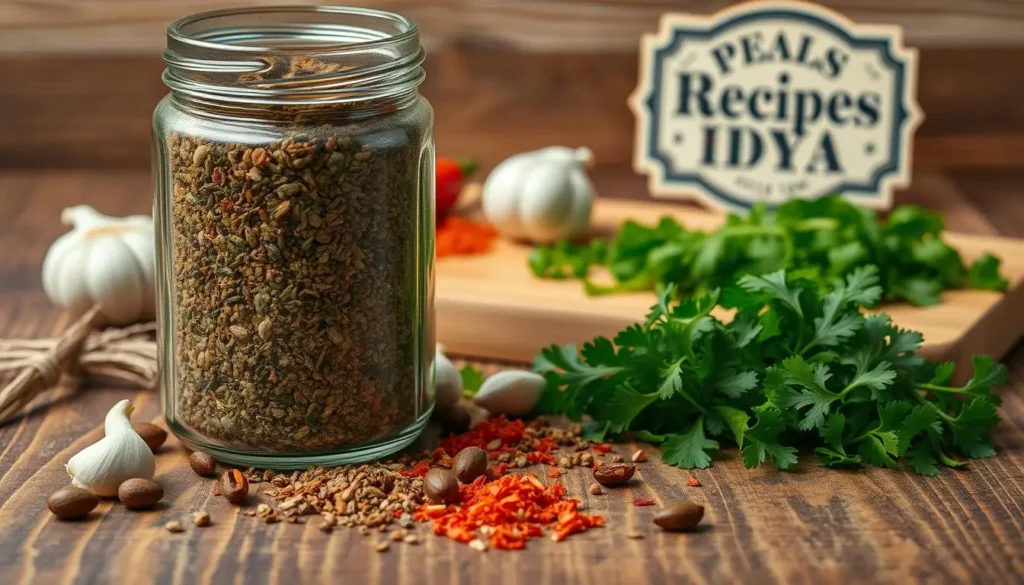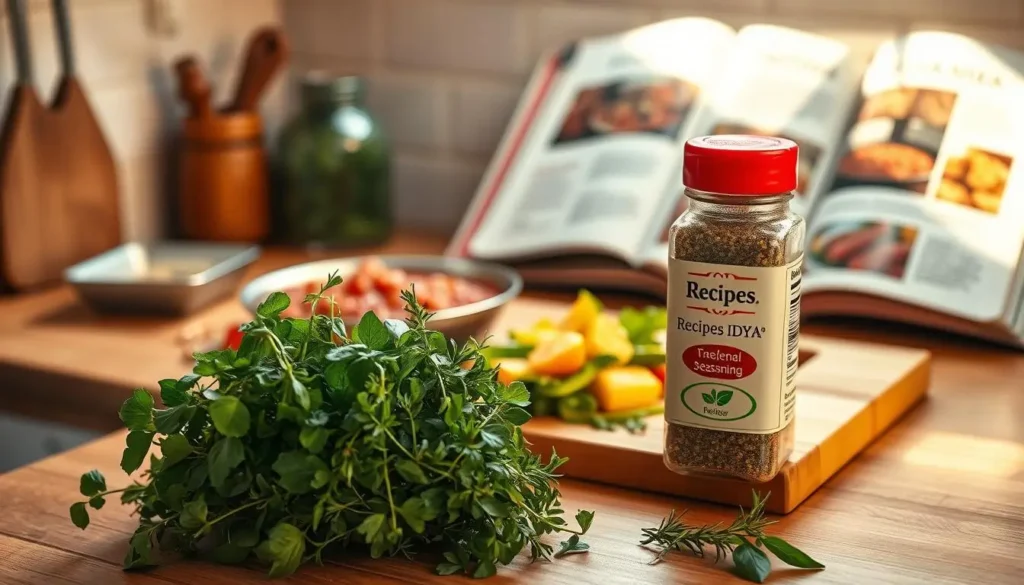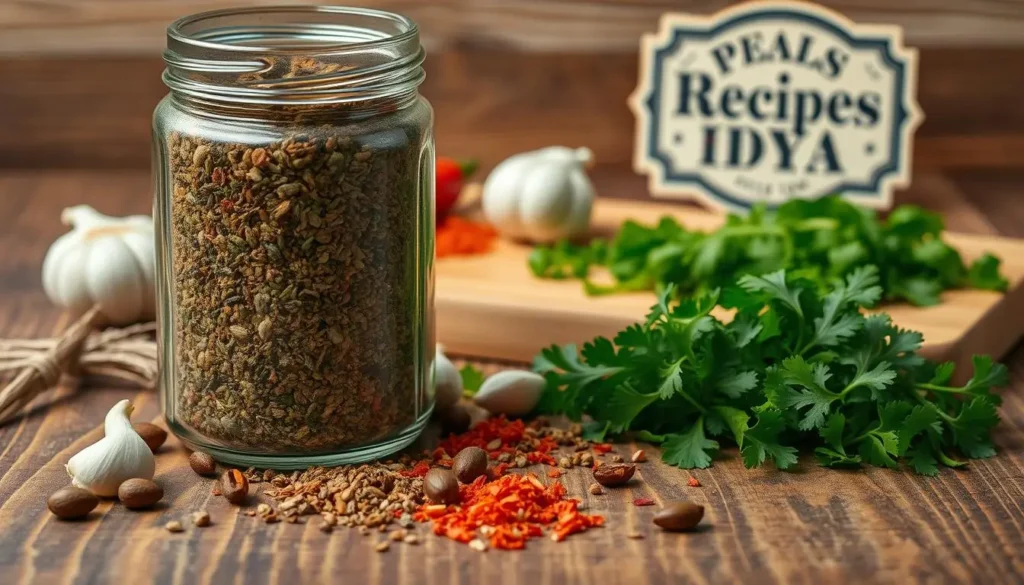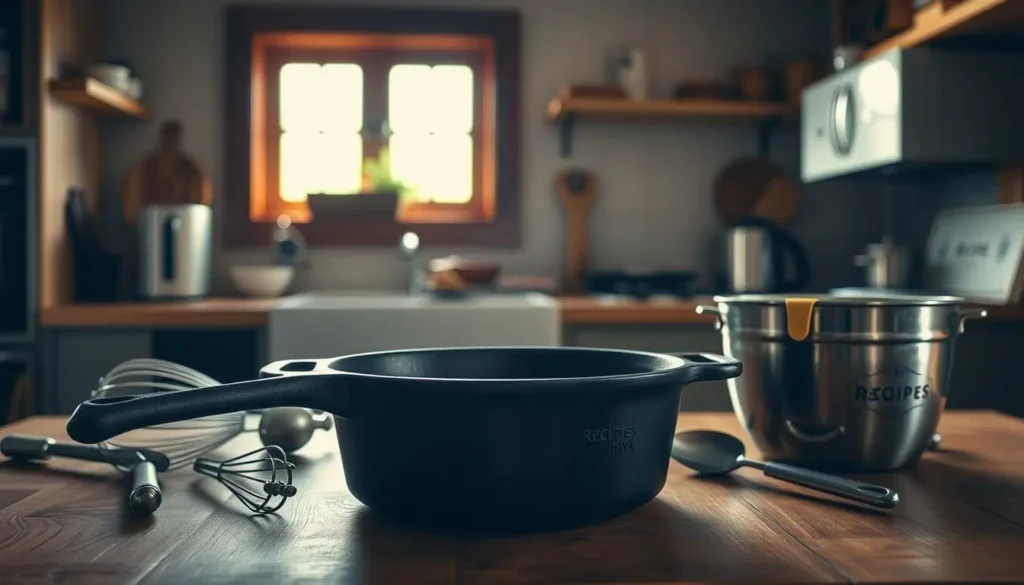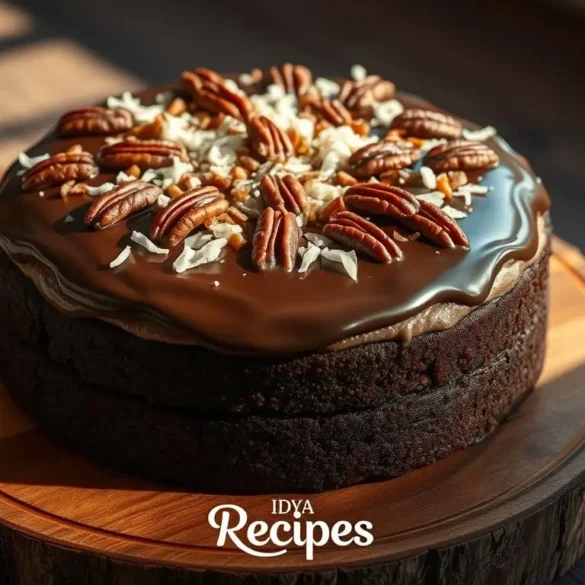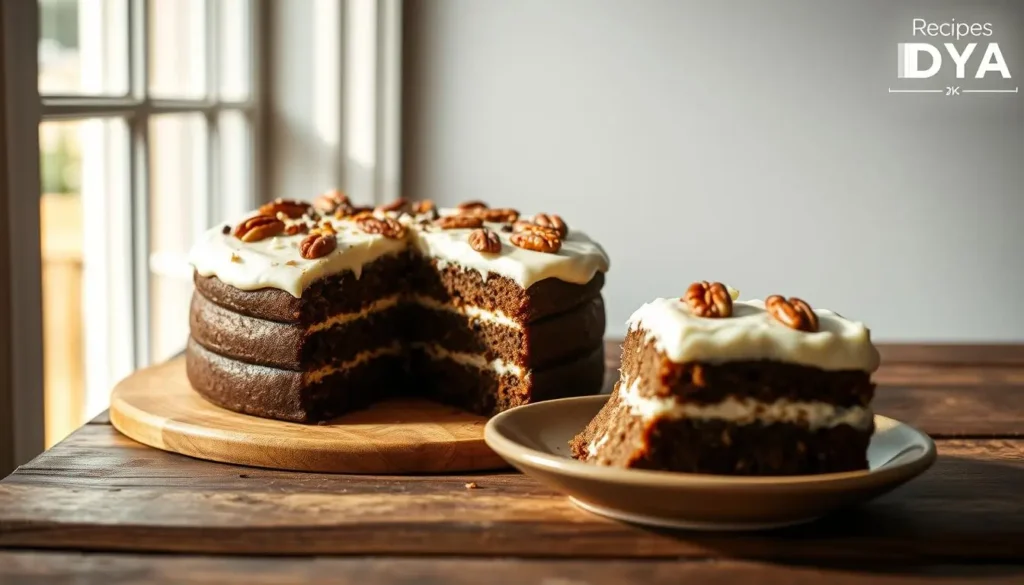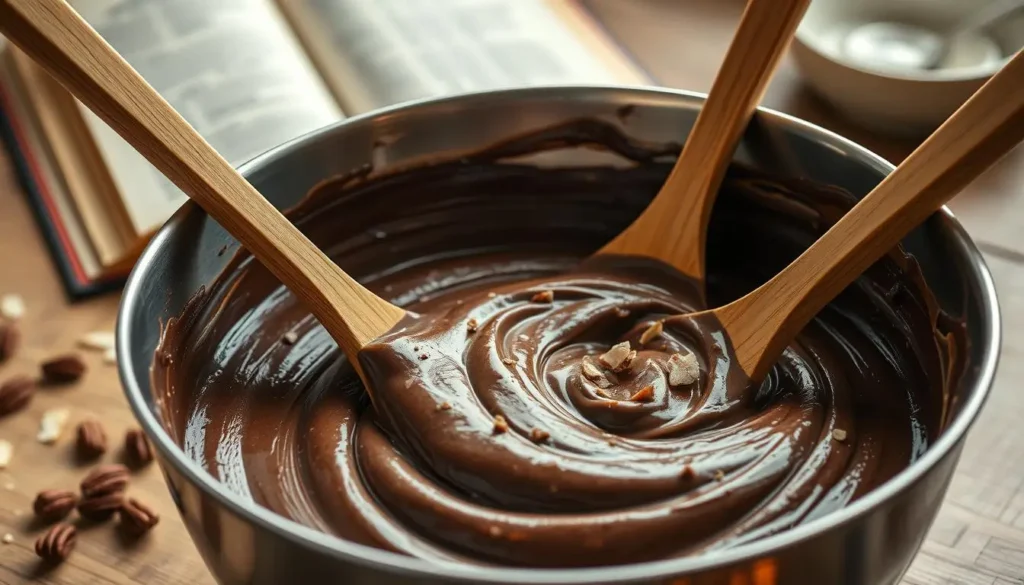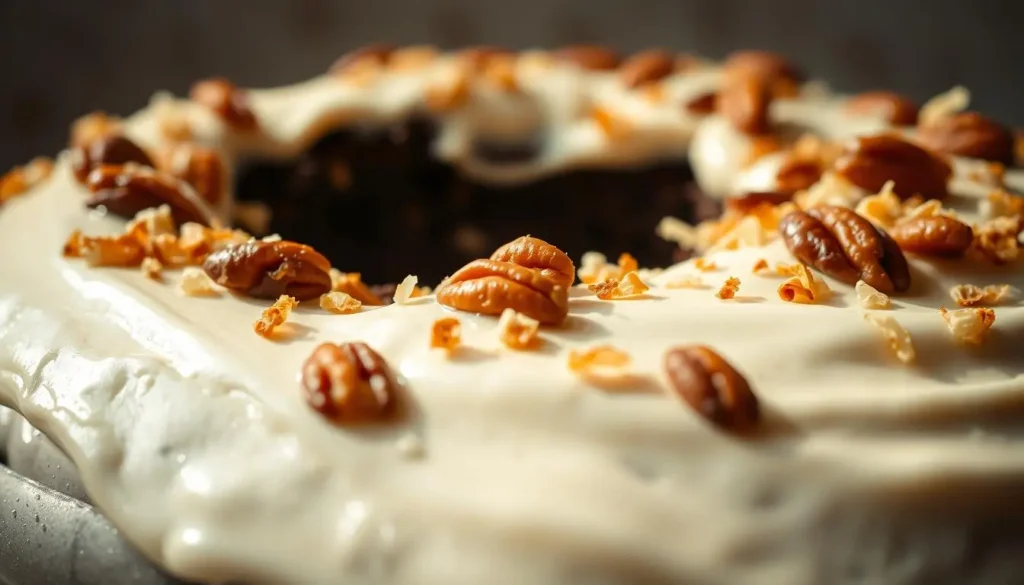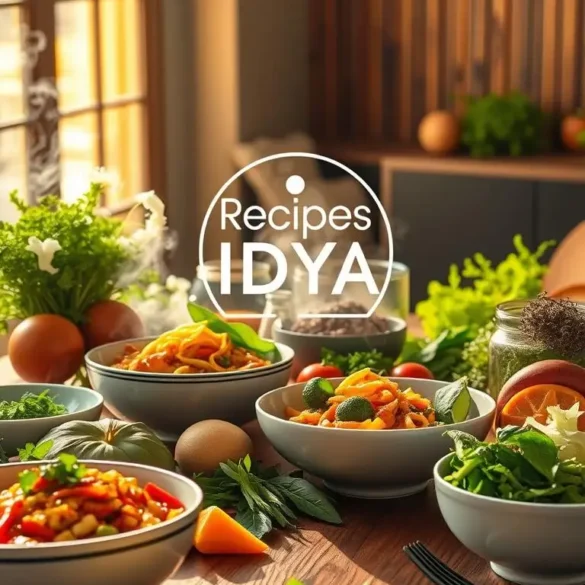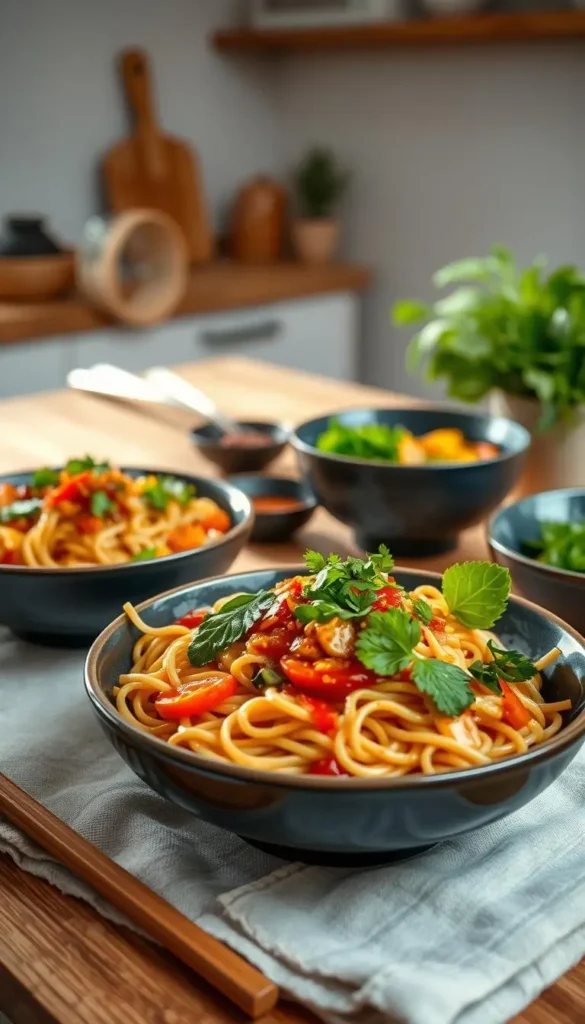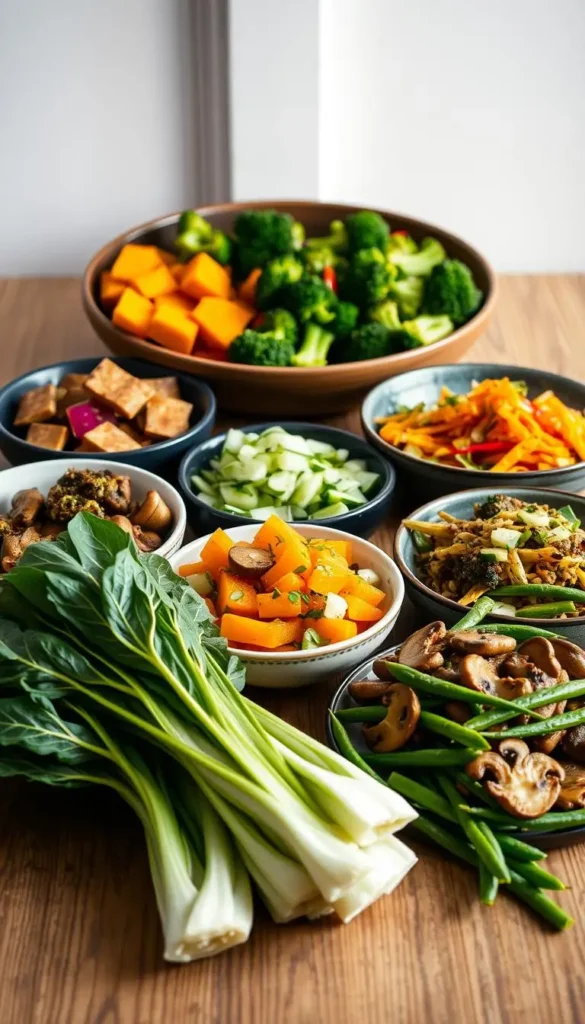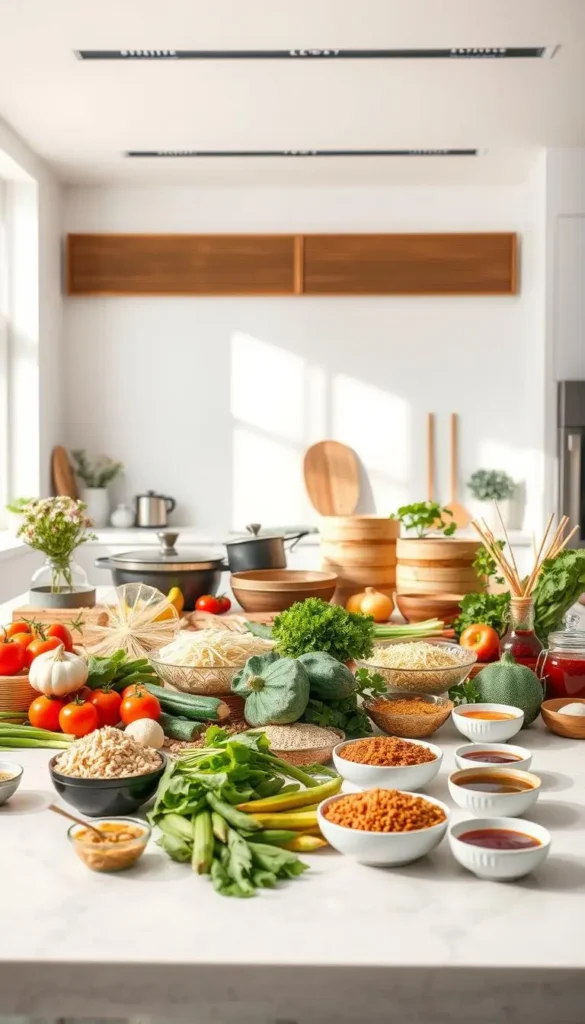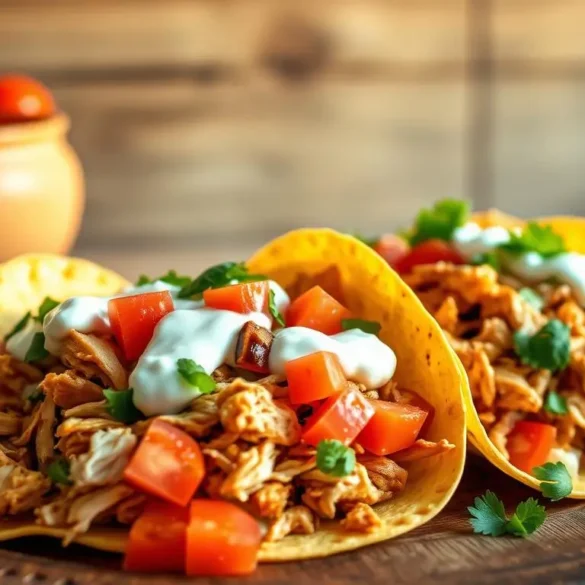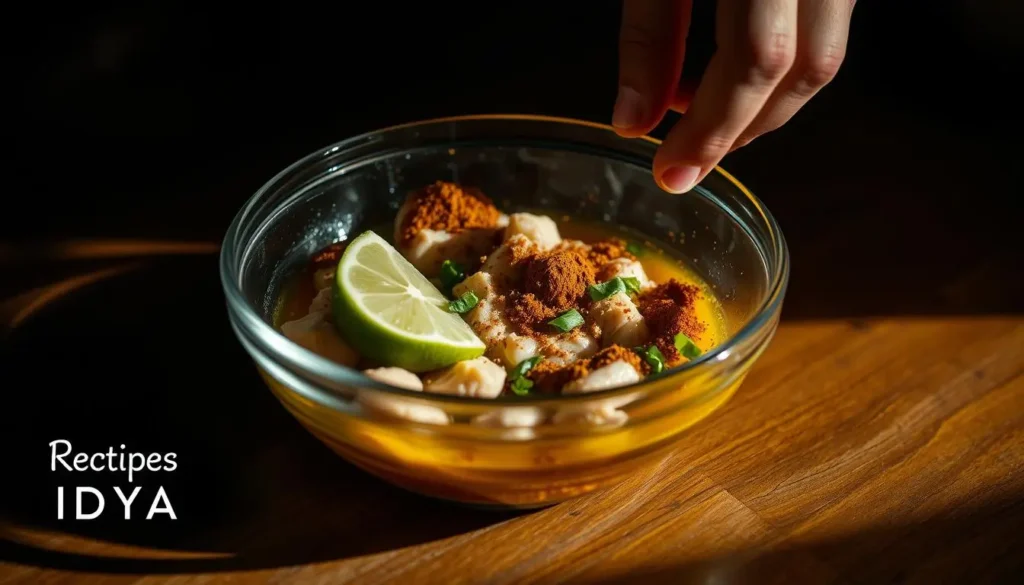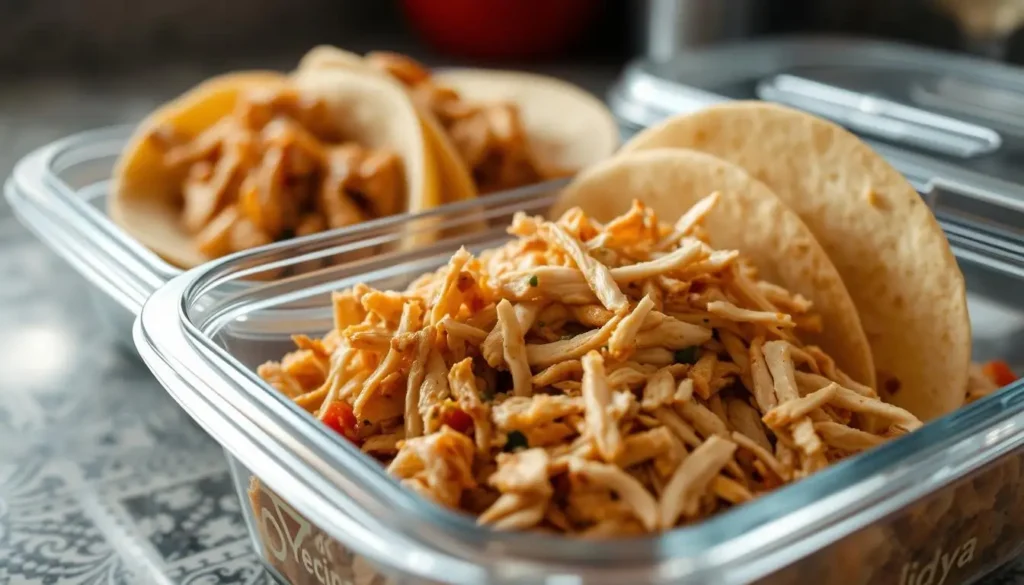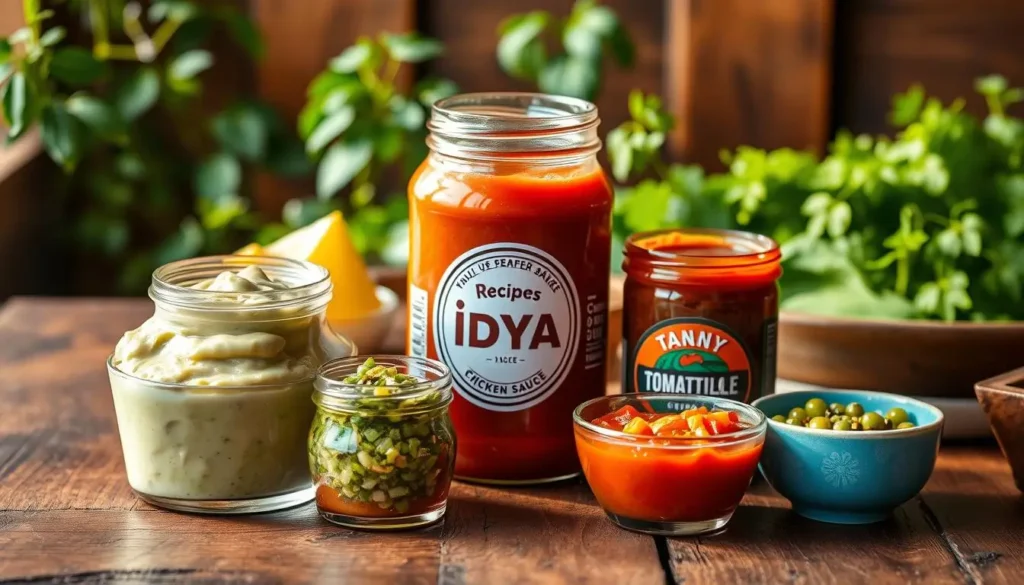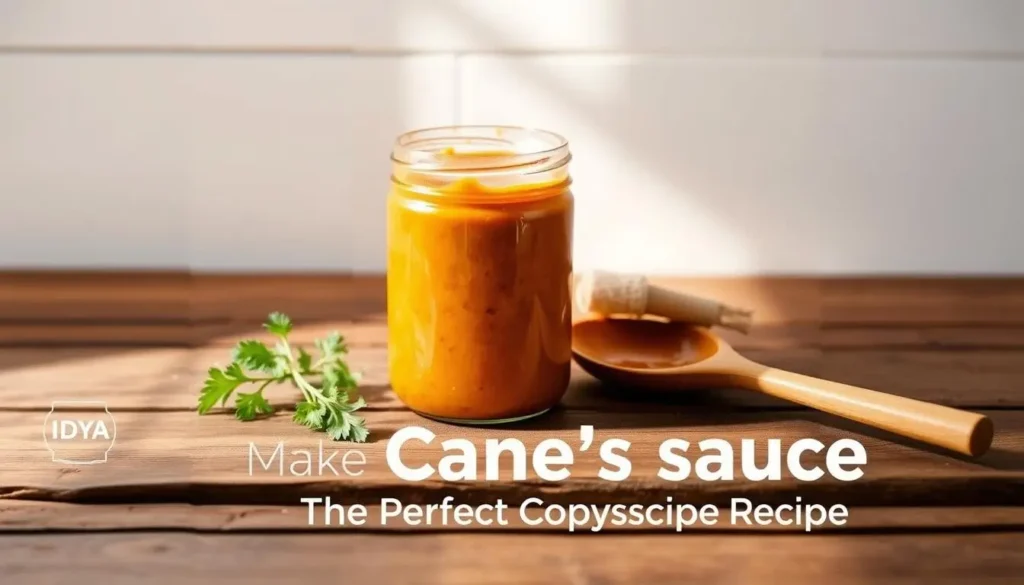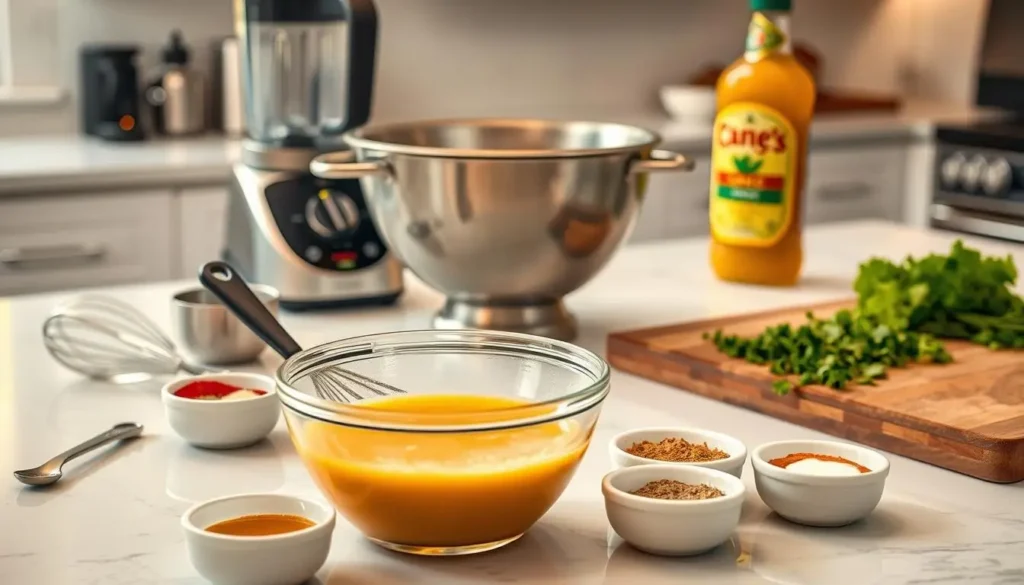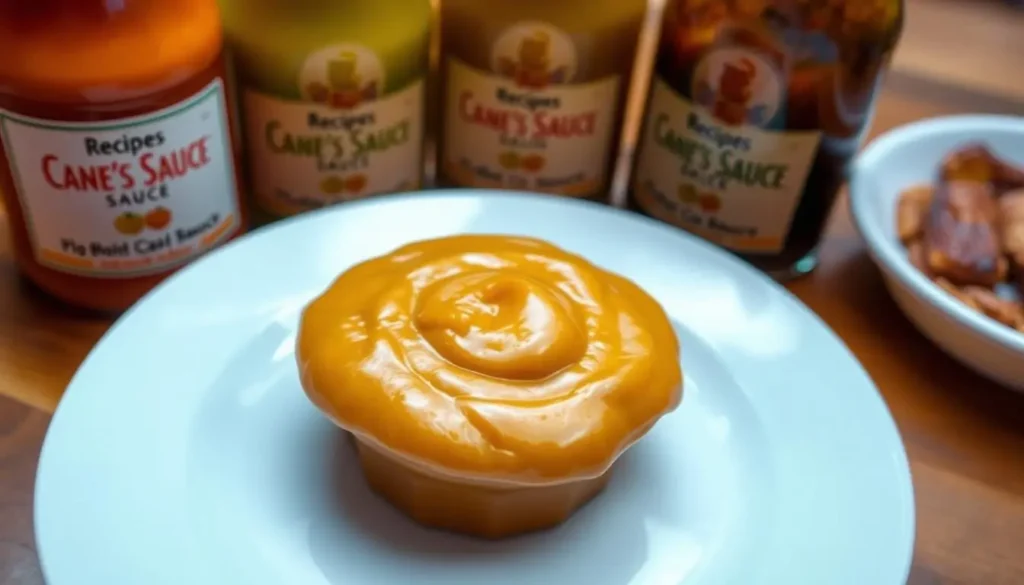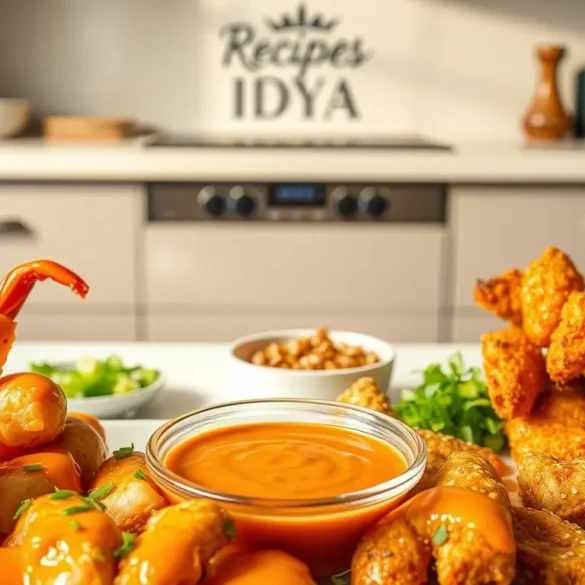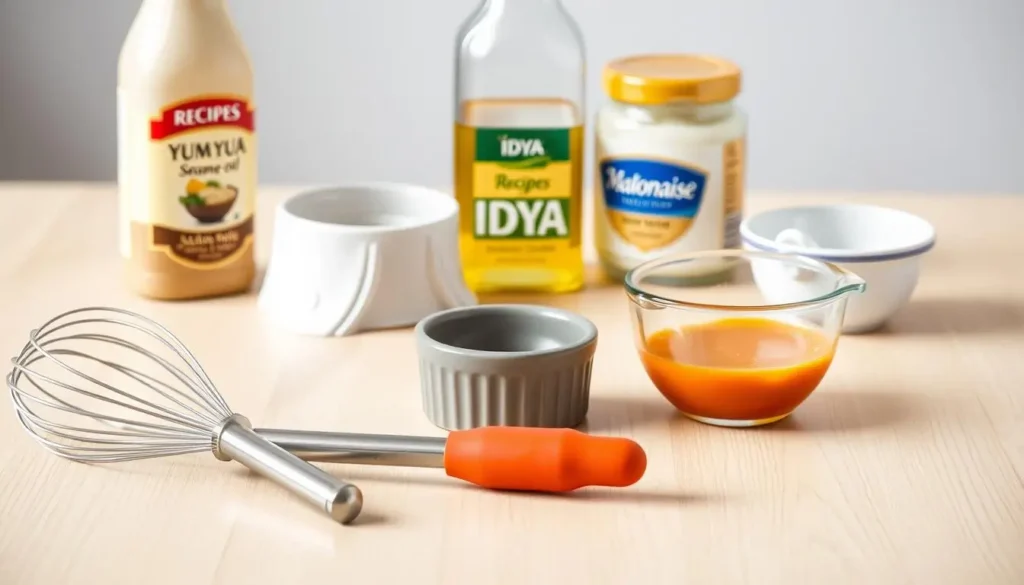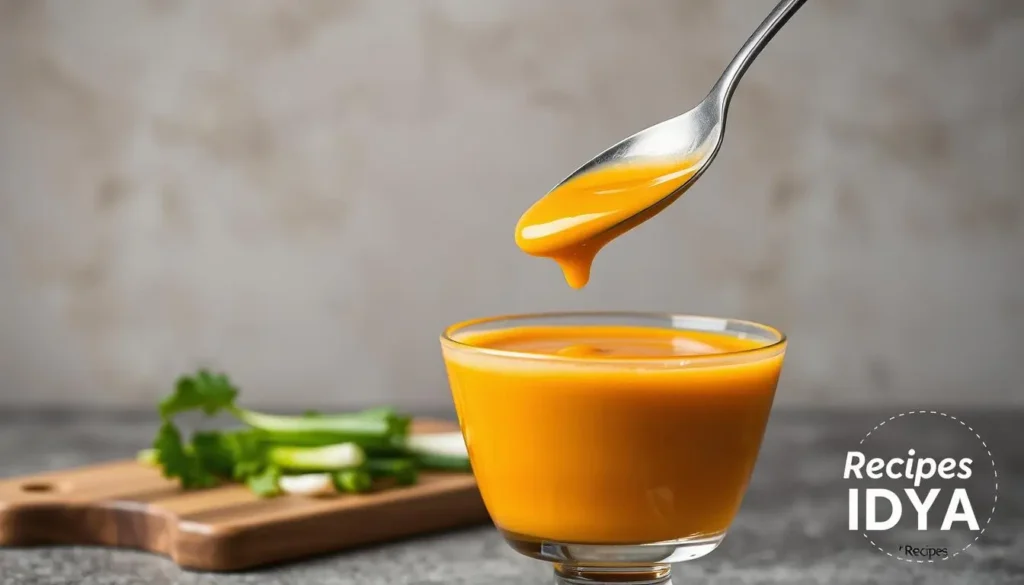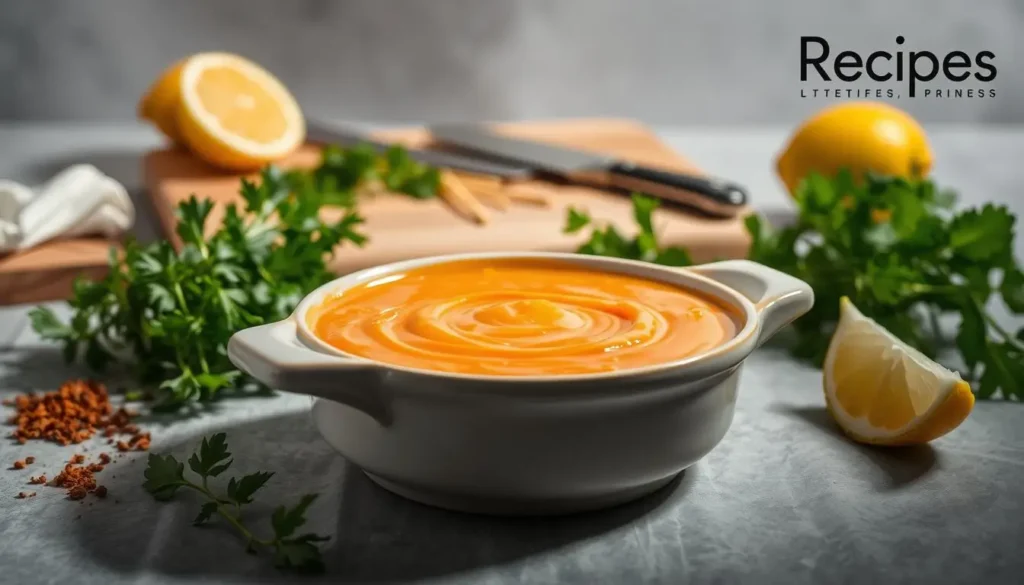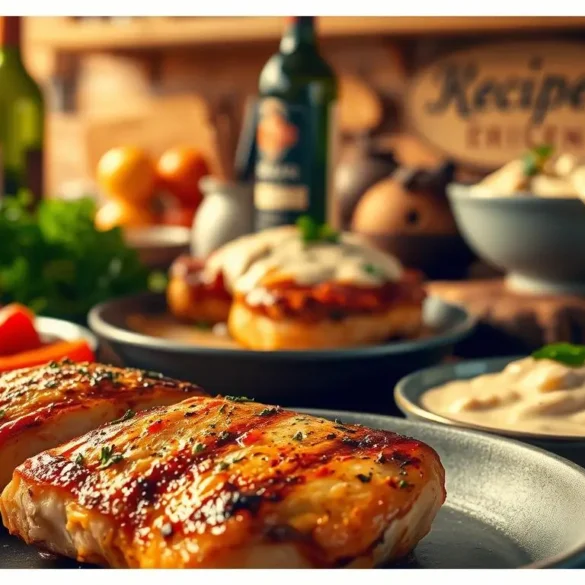
Ingredients
- 4 boneless, skinless chicken breasts
- 2 tablespoons olive oil
- 2 cloves garlic, minced
- 1/2 cup Italian seasoning
- 1/4 cup grated Parmesan cheese
- 1 cup marinara sauce
- 1/2 cup mozzarella cheese, shredded
- Salt and pepper to taste
Instructions
Preheat the oven to 375°F (190°C).
Heat olive oil in a large oven-safe skillet over medium heat.
Season chicken breasts with salt, pepper, and Italian seasoning.
Cook chicken for 5-7 minutes on each side until golden brown.
Top each chicken breast with marinara sauce and grated Parmesan.
Sprinkle shredded mozzarella cheese on top.
Transfer the skillet to the oven and bake for 15-20 minutes until the chicken is fully cooked.
Serve hot with your choice of side dish.
Notes
For a healthier version, you can use low-fat cheese and serve with steamed vegetables.
Table of Contents
Are you tired of the same old dinner routine? Craving something extraordinary? Imagine turning your kitchen into a Mediterranean paradise with delicious Italian chicken recipes.
Italian cuisine is full of tasty chicken dishes. They mix bold flavors, fresh ingredients, and simple cooking. These recipes will make your dinner amazing, taking you straight to Italy with every bite.
Whether you’re a home cook or looking to improve your skills, these recipes are for you. From classic Chicken Parmesan to Chicken Cacciatore, you’ll find new ways to spice up your dinner.
Key Takeaways
- Discover authentic Italian chicken recipe techniques
- Learn how to create restaurant-quality meals at home
- Explore diverse flavor profiles from different Italian regions
- Master simple yet delicious cooking methods
- Impress family and friends with gourmet chicken dishes
Introduction to Italian Chicken Dishes
Italian cuisine is a world of flavors that turns simple chicken into amazing meals. Authentic Italian chicken recipes show the art of cooking. They turn basic ingredients into culinary wonders. These dishes reflect Italy’s rich cultural heritage and diverse regional cuisines.
Italian cooking values fresh ingredients and simple methods. These bring out the chicken’s natural flavors. The magic is in combining basic parts to create something amazing.
Why Italian Chicken Recipes Are Special
Italian chicken dishes are special for many reasons:
- They focus on fresh, high-quality ingredients
- They use simple yet sophisticated cooking techniques
- They offer vibrant regional flavors
- They can be adapted to different cooking styles
Essential Ingredients in Italian Chicken Cooking
The secret to authentic Italian chicken recipes is their core ingredients. Let’s look at the key elements that make these dishes stand out:
| Ingredient | Purpose in Cooking | Flavor Profile |
|---|---|---|
| Extra Virgin Olive Oil | Base for sautéing | Rich, fruity undertones |
| Fresh Garlic | Aromatic base | Pungent and warming |
| Fresh Herbs | Seasoning and garnish | Bright, fresh notes |
| San Marzano Tomatoes | Sauce foundation | Sweet and tangy |
Understanding these basic ingredients unlocks the essence of traditional Italian chicken recipes. Each ingredient is crucial in making dishes that are both comforting and sophisticated.
Classic Italian Chicken Parmesan
Chicken Parmesan is a top pick among Italian chicken recipes. It mixes crispy chicken, tomato sauce, and melted cheese for a delicious meal. It turns a simple dinner into a special event.
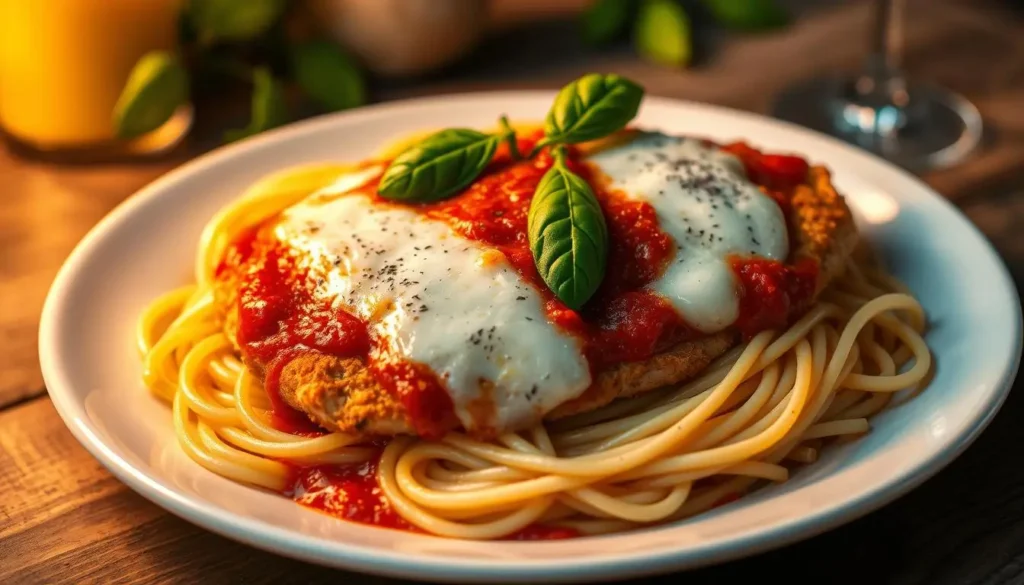
Chicken Parmesan is great for those looking for easy Italian chicken recipes. It’s all about combining simple steps with amazing flavors. The secret is to perfect each part for a standout dish.
Essential Ingredients for Success
- Boneless chicken breasts
- Breadcrumbs (preferably Italian-style)
- Fresh parmesan cheese
- High-quality marinara sauce
- Fresh mozzarella
- Fresh basil leaves
- Extra virgin olive oil
Cooking Technique
To make this classic dish, follow these important steps:
- Pound chicken breasts to even thickness
- Dredge chicken in seasoned breadcrumbs
- Pan-fry until golden brown
- Top with marinara sauce
- Sprinkle generously with cheeses
- Bake until cheese melts perfectly
Serving Recommendations
Serve Chicken Parmesan over al dente pasta or with a crisp green salad. Garlic bread on the side adds to the meal, making it a hit with everyone.
Pro tip: Use freshly grated parmesan for the most authentic flavor!
Flavorful Chicken Piccata
Explore simple italian chicken recipes with Chicken Piccata. This dish brings vibrant flavors to your dinner. It turns ordinary chicken into a culinary masterpiece that will wow your family and friends.
Chicken Piccata is known for its tangy and bright taste. It features tender chicken cutlets in a zesty lemon-caper sauce. This creates a perfect balance of flavors.
Unique Characteristics of Chicken Piccata
What makes this dish special are its key ingredients and how it’s prepared:
- Thin, tender chicken cutlets pounded for even cooking
- Bright, acidic lemon sauce
- Briny capers that add depth and complexity
- Quick cooking time of approximately 15 minutes
Mastering the Cooking Technique
To make perfect Chicken Piccata, follow these steps:
- Pound chicken cutlets to uniform thickness
- Lightly dredge in seasoned flour
- Quickly sauté in butter and olive oil
- Create a luxurious sauce by deglazing the pan
With these simple steps, you can make a restaurant-quality meal. Your family will be amazed by your cooking skills and the delicious dish you’ve made.
Rustic Chicken Cacciatore
Explore authentic Italian chicken recipes with Chicken Cacciatore. It’s a rustic dish that shows the heart of Italian cooking. This classic hunter-style chicken recipe brings the rich flavors of Italy to your dinner table.
Essential Ingredients for Perfect Cacciatore
To make an authentic Italian chicken recipe, you’ll need these key ingredients:
- Bone-in chicken pieces
- Fresh bell peppers
- Ripe tomatoes
- Onions and garlic
- Fresh herbs like basil and oregano
- High-quality olive oil
- Dry white wine
Cooking Tips for Authentic Flavor
Master the art of traditional Italian chicken recipes with these expert cooking techniques:
- Brown the chicken thoroughly to develop deep flavor
- Slow-simmer the sauce to enhance taste complexity
- Use San Marzano tomatoes for authentic Italian flavor
- Let the dish rest for 15 minutes before serving
Perfect Side Dishes to Complement Cacciatore
Elevate your authentic Italian chicken recipes with these delicious side dishes:
- Creamy polenta
- Crusty Italian bread
- Simple green salad
- Roasted seasonal vegetables
Chicken Cacciatore is the soul of Italian home cooking. It’s about simple ingredients turned into a satisfying meal that brings families together.
Tender Lemon Garlic Chicken
Discover the perfect blend of zesty and savory with this incredible lemon garlic chicken recipe. These easy Italian chicken recipes bring the vibrant flavors of Mediterranean cuisine directly to your dinner table. Packed with bright citrus notes and rich garlic undertones, this dish transforms a simple chicken meal into a restaurant-worthy experience.
Creating delicious Italian chicken recipes requires understanding a few key techniques that elevate your cooking from ordinary to extraordinary. The secret lies in balancing flavors and ensuring maximum tenderness.
Key Ingredients for Fresh Flavor
- Fresh lemon zest
- Minced garlic cloves
- Extra virgin olive oil
- Fresh herbs like rosemary and thyme
- Kosher salt and cracked black pepper
Cooking Techniques for Juiciness
To guarantee succulent results in your easy Italian chicken recipes, follow these essential tips:
- Marinate chicken for at least 30 minutes
- Use room temperature chicken before cooking
- Pat chicken dry to ensure crispy exterior
- Cook at consistent medium-high heat
- Let chicken rest for 5 minutes after cooking
Pro tip: The key to perfect lemon garlic chicken is not overcooking. Use a meat thermometer to check that internal temperature reaches 165°F for safe and juicy results.
Creamy Chicken Alfredo
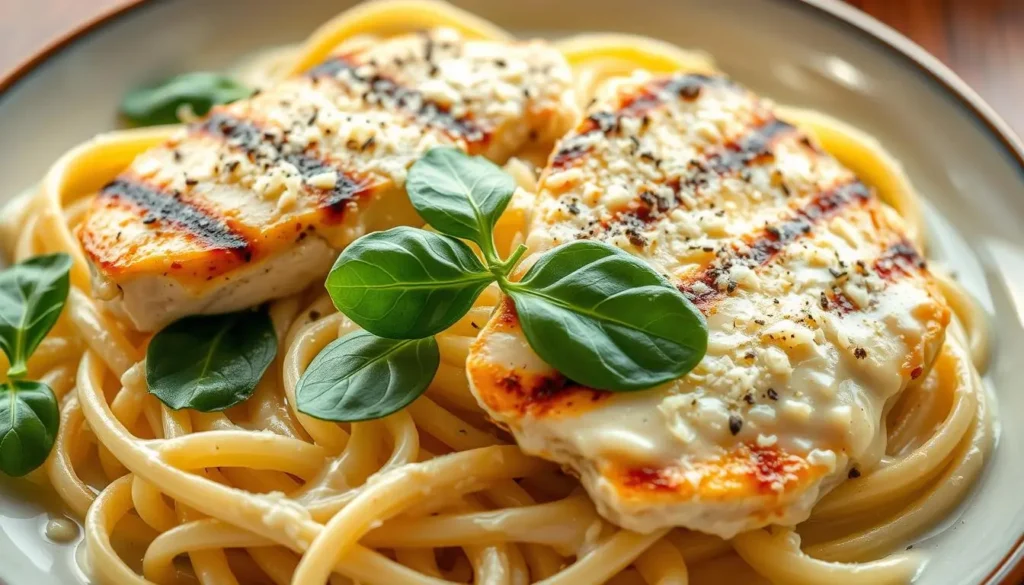
Discover a top Italian chicken recipe that will make your dinner special. Chicken Alfredo is a standout dish. It mixes creamy sauce, tender chicken, and cooked pasta perfectly.
Making a great Alfredo sauce is key. Start with top-notch ingredients for real Italian taste.
- Fresh garlic, minced finely
- Heavy cream for luxurious texture
- Freshly grated Parmesan cheese
- Boneless, skinless chicken breasts
Cooking techniques are crucial for Chicken Alfredo. Sear the chicken until golden brown. This ensures it’s juicy and fully cooked. Keep the heat high and don’t overcrowd the pan.
Want to try something new? Here are some ideas:
- Add roasted veggies like spinach or sun-dried tomatoes
- Try different pasta shapes
- Sprinkle red pepper flakes for a spicy twist
Your homemade Chicken Alfredo will be a hit with your family. It shows how simple yet delicious Italian cooking can be.
Easy Chicken Marsala
Discover the magic of authentic Italian chicken recipes with a classic Chicken Marsala. It brings restaurant-quality flavor to your home kitchen. This simple Italian chicken recipe transforms ordinary ingredients into an extraordinary dining experience. It will impress your family and friends.
Chicken Marsala is a perfect mix of Italian culinary tradition and elegant simplicity. It combines tender chicken breasts with a rich, flavorful sauce. The sauce showcases the distinctive character of Marsala wine.
A Twist on a Traditional Recipe
Traditional Chicken Marsala gets a modern update with these creative variations:
- Use portobello mushrooms for a deeper, earthier flavor
- Add fresh thyme to enhance the sauce’s complexity
- Try whole wheat flour for a healthier breading option
- Experiment with different cuts of chicken for varied textures
Wine Pairing Tips
Selecting the right wine can elevate your Chicken Marsala from good to exceptional. Consider these perfect pairings:
| Wine Type | Flavor Profile | Recommended Pairing |
|---|---|---|
| Dry Marsala | Nutty, Crisp | Best with lighter chicken preparations |
| Sweet Marsala | Rich, Caramel Notes | Ideal for cream-based Marsala sauces |
| Pinot Noir | Light, Fruity | Complements mushroom-heavy dishes |
Your homemade Chicken Marsala will transport you straight to the heart of Italy. It proves that simple Italian chicken recipes can create truly memorable meals.
Healthier Options: Italian Chicken Salads
Looking for tasty Italian chicken recipes that are good for you? Italian chicken salads are perfect for those who love authentic flavors but want to keep it light. They mix fresh ingredients with juicy chicken for a meal that’s both healthy and filling.
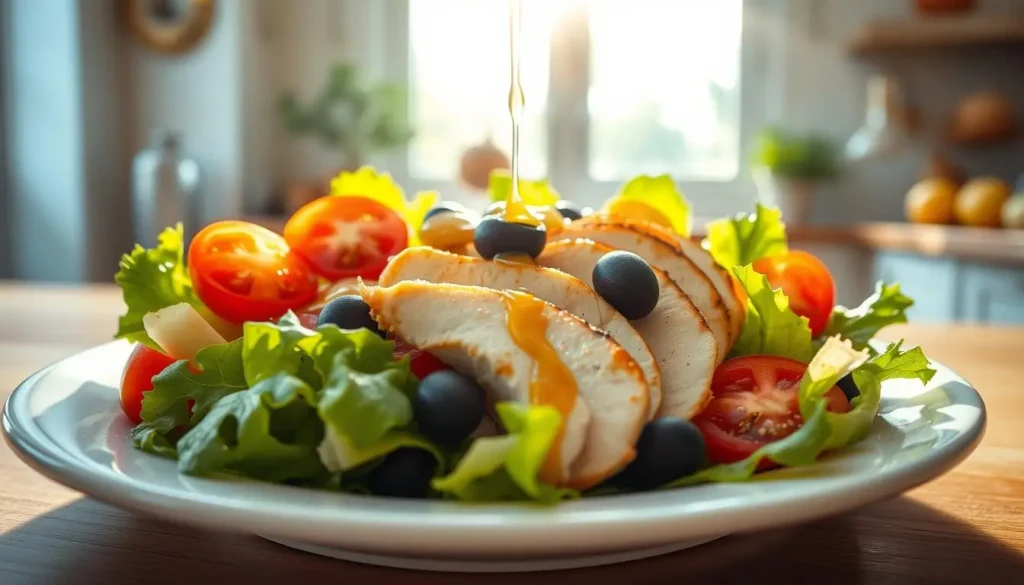
To make a great Italian chicken salad, start with top-notch proteins and crisp veggies. The secret to amazing italian chicken recipes is finding the right mix of flavors and textures.
Essential Salad Ingredients
- Grilled or roasted chicken breast
- Mixed spring greens
- Cherry tomatoes
- Kalamata olives
- Fresh mozzarella
- Artichoke hearts
Delightful Dressing Options
The dressing can turn a simple salad into a memorable dish. For authentic Italian chicken recipes, try these homemade dressings:
- Classic Balsamic Vinaigrette: Mixes olive oil, aged balsamic vinegar, minced garlic, and herbs
- Lemon Herb Dressing: Combines fresh lemon juice, extra virgin olive oil, basil, and oregano
- Creamy Parmesan Dressing: Blends Greek yogurt, grated Parmesan, and Italian seasonings
“A great salad is a canvas of flavor, color, and nutrition.” – Italian Culinary Tradition
These easy Italian chicken recipes can turn simple salads into gourmet meals at home. Always slice your chicken thinly and season well for the best taste.
Conclusion: Enjoying Italian Chicken at Home
Learning to make the best Italian chicken recipes is more than just following steps. It turns your kitchen into a lively Italian trattoria. Each recipe you try is a piece of Italy’s rich food tradition, ready to be made your own.
Now, you can make delicious Italian chicken at home. The secret is to practice, be passionate, and try new things. Using top-notch ingredients is key to making simple dishes unforgettable. Choose fresh herbs, high-quality olive oils, and real cheeses for authentic Italian tastes.
Tips for Perfecting Your Recipes
First, learn the basics of each recipe. Pay close attention to seasoning, cooking temperatures, and timing. Italian food is all about keeping it simple, so let each ingredient stand out. Feel free to tweak recipes to fit your taste while keeping the dish’s essence.
Invite Family and Friends for a Feast
Italian cooking is all about sharing and making memories. Invite your family and friends to enjoy these dishes together. Set up a beautiful table, pour some wine, and enjoy the joy of good food and company. Your skills in making authentic Italian chicken will surely impress and bring everyone closer.
FAQ
What makes Italian chicken recipes unique?
Italian chicken recipes stand out because they use fresh, top-notch ingredients. Think olive oil, garlic, herbs, and tomatoes. They’re known for bold flavors and simple cooking that lets the chicken shine.
Are Italian chicken recipes difficult to prepare at home?
No, Italian chicken recipes are easy to make, even for beginners. Dishes like Chicken Piccata or Lemon Garlic Chicken can be ready in 30 minutes. They use simple methods and ingredients you can find easily.
What are some essential ingredients for authentic Italian chicken dishes?
You’ll need extra virgin olive oil, garlic, basil, oregano, and rosemary. Also, white wine, tomatoes, capers, Parmesan, and mozzarella are key. These ingredients are the heart of many Italian chicken recipes.
Can I make Italian chicken recipes healthier?
Yes! To make them healthier, try grilling chicken instead of frying. Use less cheese and add more veggies. Baking or roasting are also great options. Italian cooking loves fresh ingredients and balanced meals.
What are the most popular Italian chicken dishes?
Favorites include Chicken Parmesan, Chicken Piccata, and Chicken Cacciatore. Chicken Marsala and Lemon Garlic Chicken are also loved. Each dish brings a unique taste and cooking style from Italy.
How can I pair side dishes with Italian chicken recipes?
Pair with pasta, risotto, polenta, or fresh salads. Roasted veggies and crusty bread are also great. The goal is to enhance the chicken’s flavors and make a complete meal.
Are these recipes suitable for meal prep?
Yes, many Italian chicken recipes are perfect for meal prep. Chicken Cacciatore and Marsala dishes get even better the next day. The flavors blend beautifully.
Can I substitute ingredients in Italian chicken recipes?
Most recipes can be adjusted to your liking. Swap herbs, change proteins, or tweak seasonings. Just keep the core flavors that make it Italian.
What wines pair well with Italian chicken dishes?
Pinot Grigio, Vermentino, and Soave are great with chicken. For richer dishes like Marsala, Chianti or Barbera is perfect.
How can I make my Italian chicken recipes more authentic?
Use fresh, quality ingredients and cook with passion. Choose fresh herbs and good olive oil. Take time to season and cook properly to bring out the flavors.




